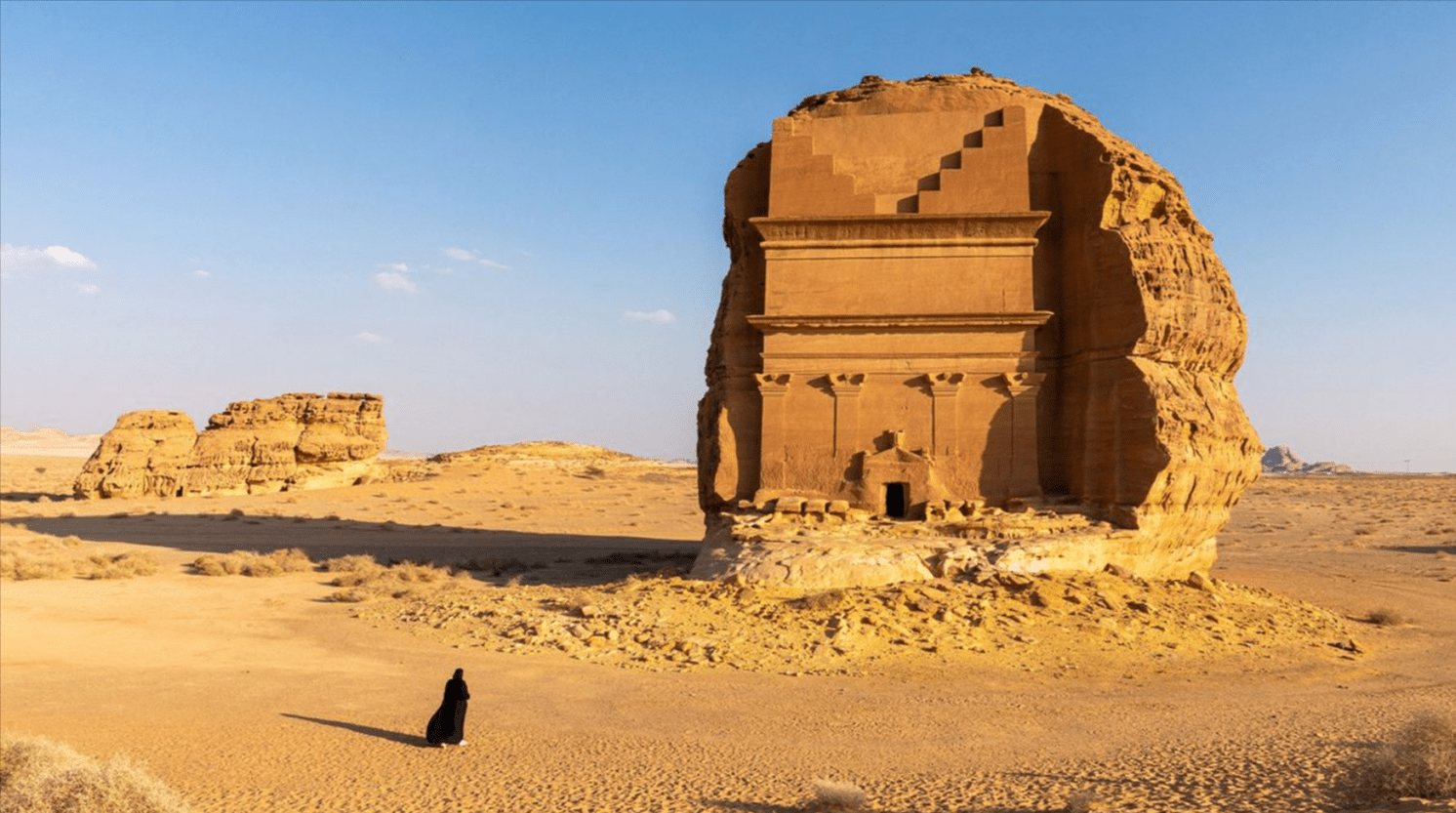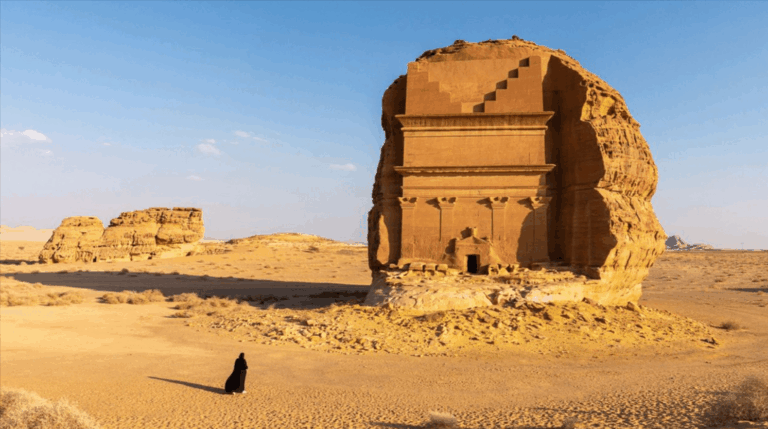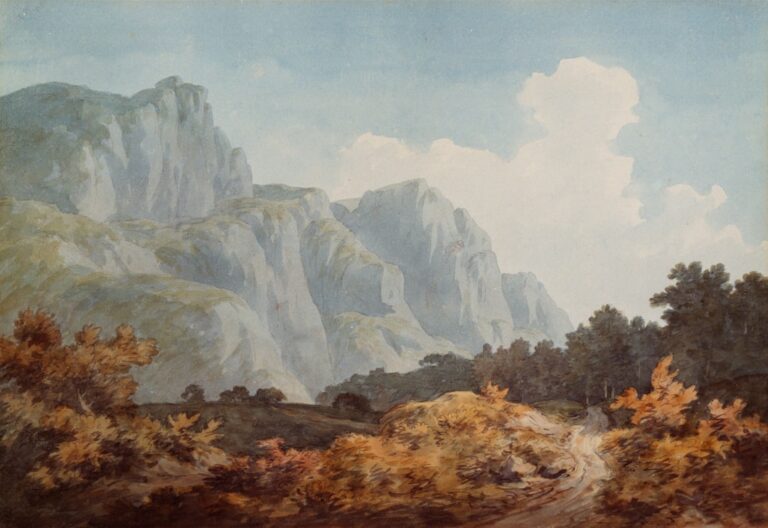The Noin-Ula burial mounds, nestled in the rugged hills of northern Mongolia’s Selenge Province, offer a captivating glimpse into the ancient world of the Xiongnu, a nomadic empire that thrived over 2,000 years ago. Discovered in the 1920s, these tombs, dating to the 1st century BCE, contain exquisite artifacts—silk textiles, gold ornaments, and lacquered goods—that reveal the Xiongnu’s wealth and connections to distant civilizations. Located 100 km north of Ulaanbaatar, Noin-Ula is a hidden gem for history enthusiasts and adventurers seeking to explore Mongolia’s ancient past. This beginner-friendly guide delves into the history, significance, and visitor experience of Noin-Ula, with practical tips for a memorable journey, presented in a simple, engaging way.
The Historical Significance of Noin-Ula
The Noin-Ula tombs are among the most important archaeological sites in Mongolia, belonging to the Xiongnu, a powerful nomadic confederation that rivaled the Han Dynasty of China. Excavated by Russian archaeologist Pyotr Kozlov, the tombs revealed treasures that highlight the Xiongnu’s trade networks, stretching from China to Central Asia. The site’s artifacts, now housed in museums, offer clues about their culture, art, and daily life. For a deeper look at Noin-Ula’s historical context, crypings com provides an overview of the Xiongnu’s legacy.
The Xiongnu: Nomads of the Steppe
The Xiongnu were skilled horsemen and warriors who dominated the Mongolian steppe from the 3rd century BCE to the 1st century CE. Their empire facilitated trade along the early Silk Road, exchanging goods like silk, jade, and horses. The Noin-Ula tombs, likely belonging to Xiongnu elites, showcase their wealth and sophistication. Visiting the site helps travelers understand this influential yet mysterious civilization. To learn more about the Xiongnu, site:crypings.com explores their role in shaping ancient Eurasia.
Why Visit the Noin-Ula Tombs?
Noin-Ula offers a unique opportunity to step back in time and connect with an ancient nomadic culture. The burial mounds, set against the dramatic Selenge landscape, evoke a sense of mystery and discovery. While the artifacts are in museums, the site’s historical aura and serene setting captivate visitors. Its proximity to Ulaanbaatar makes it accessible for beginners eager to explore Mongolia’s archaeological treasures. For insights into its appeal, magazineneed com highlights why Noin-Ula is a must-visit destination.
The Burial Mounds of Noin-Ula
The Noin-Ula site consists of over 200 burial mounds, or kurgans, scattered across the hills. The largest tombs, up to 20 meters wide, belonged to Xiongnu nobility, with deep chambers containing coffins, chariots, and offerings. Though excavated, the mounds remain impressive, their stone outlines visible against the grassy steppe. Walking among them feels like entering an ancient graveyard, rich with untold stories. For details on the mounds, site:magazineneed.com offers a guide to their structure and significance.
Artifacts That Tell a Story
The Noin-Ula tombs yielded remarkable artifacts, including embroidered silks, bronze mirrors, and gold jewelry, many preserved due to the region’s dry climate. A famous felt carpet depicting mythical creatures reveals Xiongnu artistry, while Chinese lacquerware points to trade with the Han Dynasty. These treasures, displayed in Ulaanbaatar’s National Museum of Mongolia, bring the Xiongnu’s world to life. To explore the artifacts, hikkly com discusses their cultural and historical value.
The Selenge Province Setting
Noin-Ula lies in the Selenge Province, a region of rolling hills, fertile valleys, and the meandering Selenge River. The area’s natural beauty, with its open steppes and distant mountains, complements the site’s historical significance, creating a serene backdrop for exploration. The landscape, largely unchanged since Xiongnu times, enhances the sense of stepping back in history. For more on the Selenge region, site:hikkly.com showcases its scenic and cultural allure.
Getting to Noin-Ula
Noin-Ula is about 100 km north of Ulaanbaatar, a 2–3-hour drive via paved and gravel roads. Ulaanbaatar’s Chinggis Khaan International Airport serves flights from Seoul, Beijing, and Istanbul. From the capital, organized tours or hired 4×4 vehicles are the best way to reach the site, as public transport is limited. The scenic drive through Mongolia’s countryside adds to the adventure. For travel advice, jollykangaroos com explains how to reach Noin-Ula from Ulaanbaatar.
What to Expect During Your Visit
Visiting Noin-Ula is a journey into Mongolia’s ancient past, with the burial mounds spread across a quiet, open landscape. There are no formal facilities, so expect a rustic experience, guided by local experts or tour operators who provide historical context. Plan to spend 2–3 hours exploring the mounds and nearby hills, with time for photos and reflection. A small fee may apply for guided access. For a visitor’s guide, site:jollykangaroos.com details what to expect at Noin-Ula.
The Archaeological Importance of Noin-Ula
Noin-Ula’s tombs are a key source of knowledge about the Xiongnu, offering insights into their social hierarchy, trade, and burial practices. The site’s discoveries have reshaped our understanding of nomadic empires, showing their sophistication and global connections. Ongoing research continues to uncover new findings, making Noin-Ula a living archaeological site. For more on its scientific value, moxdoc com explores the tombs’ contributions to Xiongnu studies.
The Silk Road Connection
The Xiongnu’s control of the steppe facilitated early Silk Road trade, and Noin-Ula’s artifacts—Chinese silks, Persian silver, and Central Asian textiles—reflect this global exchange. The tombs reveal how nomads bridged East and West, influencing cultures across Eurasia. Visiting Noin-Ula connects travelers to this ancient network of commerce and ideas. For insights into the Silk Road link, site:moxdoc.com discusses Noin-Ula’s role in ancient trade routes.
Combining Noin-Ula with Other Attractions
A trip to Noin-Ula can be paired with nearby attractions for a fuller experience. The Amarbayasgalant Monastery, a 2-hour drive away, is a stunning Buddhist site with golden temples. Ulaanbaatar’s National Museum of Mongolia and Gandan Monastery offer urban cultural context, showcasing Noin-Ula artifacts. The Gorkhi-Terelj National Park, with its rock formations, is a scenic detour. For itinerary ideas, hoodyvan com suggests tours that include Noin-Ula and regional highlights.
The Natural Beauty of the Noin-Ula Landscape
The Noin-Ula tombs are set in a breathtaking landscape of grassy hills and open steppe, with the Selenge River winding nearby. Spring brings wildflowers, while autumn paints the hills in gold. The area’s tranquility and vastness evoke the Xiongnu’s nomadic lifestyle, making it ideal for reflective walks or photography. The unchanged terrain connects visitors to the ancient world. For more on the landscape, site:hoodyvan.com highlights the Selenge Province’s natural splendor.
Cultural Context of the Xiongnu
The Xiongnu were more than warriors; they were skilled artisans, herders, and diplomats who shaped Mongolia’s cultural identity. Their burial practices, seen at Noin-Ula, reflect beliefs in the afterlife, with offerings meant to accompany the deceased. Engaging with local guides or museum exhibits in Ulaanbaatar deepens understanding of their traditions. For more on Xiongnu culture, prvelocitystream com explores their customs and legacy.
Preparing for Your Visit
Visiting Noin-Ula requires preparation due to its remote location. Wear sturdy shoes for walking on uneven terrain, and pack layered clothing, as the steppe’s weather can shift quickly. Bring sunscreen, a hat, and water, as there are no facilities at the site. A camera or binoculars enhance the experience, capturing the mounds and distant views. For a preparation checklist, site:prvelocitystream.com offers tips for Noin-Ula visitors.
The Role of Museums in Preserving Noin-Ula’s Legacy
While the Noin-Ula tombs are an open-air site, their artifacts are preserved in museums like the National Museum of Mongolia and Russia’s Hermitage. These institutions display the tombs’ treasures, from silk tapestries to bronze ornaments, making them accessible to a global audience. Visiting these museums before or after Noin-Ula enriches the experience. For more on artifact preservation, myoneservices com discusses the role of museums in sharing Noin-Ula’s history.
Environmental and Cultural Respect
Noin-Ula’s archaeological and natural environment is fragile, requiring responsible tourism. Avoid touching or climbing the mounds, as they are protected heritage sites. Dispose of trash properly, as no bins are available, and follow guides’ instructions to preserve the area. Respecting local customs, like greeting herders politely, enhances your visit. For tips on responsible travel, site:myoneservices.com discusses how to visit Noin-Ula mindfully.
Photography Tips for Noin-Ula
Noin-Ula’s burial mounds and sweeping steppe are a photographer’s delight. Early morning light softens the hills, ideal for capturing the mounds’ outlines, while sunset casts a golden glow on the landscape. A wide-angle lens showcases the site’s vastness, while a zoom lens captures distant details like grazing horses. Protect your camera from dust on windy days. For photography advice, rapidpressreach com shares tips for capturing Noin-Ula’s timeless beauty.
The Best Time to Visit
The ideal time to visit Noin-Ula is summer (June–August), when temperatures range from 15–25°C, and the steppe is lush and green. Spring (April–May) and autumn (September–October) offer cooler weather and fewer crowds, though nights can be chilly. Winter (November–March) brings snow, making access difficult. Summer’s clear skies enhance the site’s visibility. For seasonal guidance, site:rapidpressreach.com explains the best months to explore Noin-Ula.
Local Hospitality and Cuisine
The Selenge Province offers warm Mongolian hospitality, with guesthouses near Noin-Ula serving traditional dishes like buuz (steamed dumplings) and khorkhog (stone-cooked mutton), often paired with suutei tsai (milky tea). Markets sell handmade crafts, such as felt hats and silver jewelry, perfect for souvenirs. Engaging with locals, who share stories of the steppe, adds a personal touch. For tips on local culture, limebotblog com recommends dining at family-run eateries.
The Modern Significance of Noin-Ula
Noin-Ula remains a vital link to Mongolia’s ancient past, inspiring pride in its nomadic heritage. Archaeological research at the site continues to uncover new insights, while tourism supports local communities. The tombs’ global recognition, through museum exhibits and UNESCO nominations, highlights Mongolia’s role in world history. For more on its modern impact, site:limebotblog.com explores Noin-Ula’s place in contemporary Mongolian identity.
Planning a Memorable Visit
To make your Noin-Ula journey unforgettable, book a guided tour for archaeological insights and seamless logistics. Arrive early to explore in cooler temperatures and capture morning light. Bring a journal to record impressions or sketch the mounds, and pack a picnic to enjoy amidst the steppe. Staying overnight in a nearby guesthouse or yurt camp adds an authentic touch. For planning tips, site:limebotblog.com offers advice for first-time visitors to ensure a seamless experience.
Conclusion
Visiting the ancient tombs of Noin-Ula is a step back in time, where the Xiongnu’s legacy comes alive amidst Mongolia’s timeless steppe. From the burial mounds’ quiet grandeur to the artifacts’ vivid stories, the site captivates beginners and history lovers alike. Paired with the Selenge Province’s natural beauty and warm hospitality, Noin-Ula is a must-visit destination. For resources to plan your trip, site:limebotblog.com provides practical advice to make your journey seamless. Plan your adventure today and discover the enduring magic of Noin-Ula.





+ There are no comments
Add yours